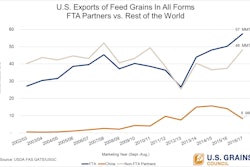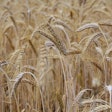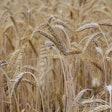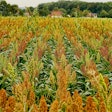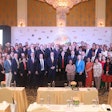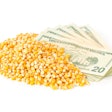While the U.S. beef industry is well positioned to capitalize on a growing global middle class and an improving economy, trade uncertainty could hamper the U.S.’s ability to capture market share in the coming years, according to a new report from CoBank’s Knowledge Exchange Division.
The U.S. beef herd is expanding, bolstered by low input costs, and so is the demand for beef around the world. However, approximately 80 percent of beef exports are sold to countries that could be affected by ongoing trade pact negotiations. Trade deals being negotiated or recently approved include the Trans Pacific Partnership, the North American Free Trade Agreement and the United States-Korea Free Trade Agreement, and are either being renegotiated or the U.S. has dropped out of the agreement altogether.
“Beef production in the U.S. is on the rise, and export outlets have never been more important,” said Trevor Amen, industry analyst with CoBank’s Knowledge Exchange Division. “However, the U.S. is threatening to retreat from key trade deals and the U.S.’s beef exporting competitors are forging their own deals with major global beef importers.”
What’s at Stake
Japan, South Korea, Mexico, Canada and Hong Kong top the list of countries importing beef from the U.S., representing 83 percent of all U.S. beef exports. Of these trade partners, only Hong Kong will be unaffected by current trade pact negotiations. Competing exporters that are part of TPP will gain preferential access to Japan, exports to Mexico and Canada are at risk with NAFTA, and beef trade with South Korea could decline if KORUS is renegotiated. New Zealand, Australia, Brazil and Argentina are all hoping to take of advantage of a trade reshuffle. Meanwhile, U.S. beef exporters eye China as a key long-term opportunity; however, current trade requirements are cost-inhibitive for most U.S. exporters, and recently imposed U.S. tariffs on other Chinese goods could aggravate trade progress in the near-term.
Southern Hemisphere Competitors Rising
While U.S. beef production is increasing, so is production in Brazil, Argentina and Australia. Brazil and Argentina are hampered by higher transportation costs to the major importers of beef, and the U.S. still has an advantage in product quality over all three countries. But, as U.S. trade agreements are at risk, and new ones that exclude the U.S. are forged, Brazil, Argentina and Australia will look to capitalize on improved market access.
A video synopsis of the report, “U.S. Beef Exports Are Growing, but so Are Trade Risks” is available here and the full report is available at CoBank.com.
Trade Shuffle Poses Risk for US Beef Exports
Four of five top destinations for US beef are at risk of trade disruption
November 30, 2020


